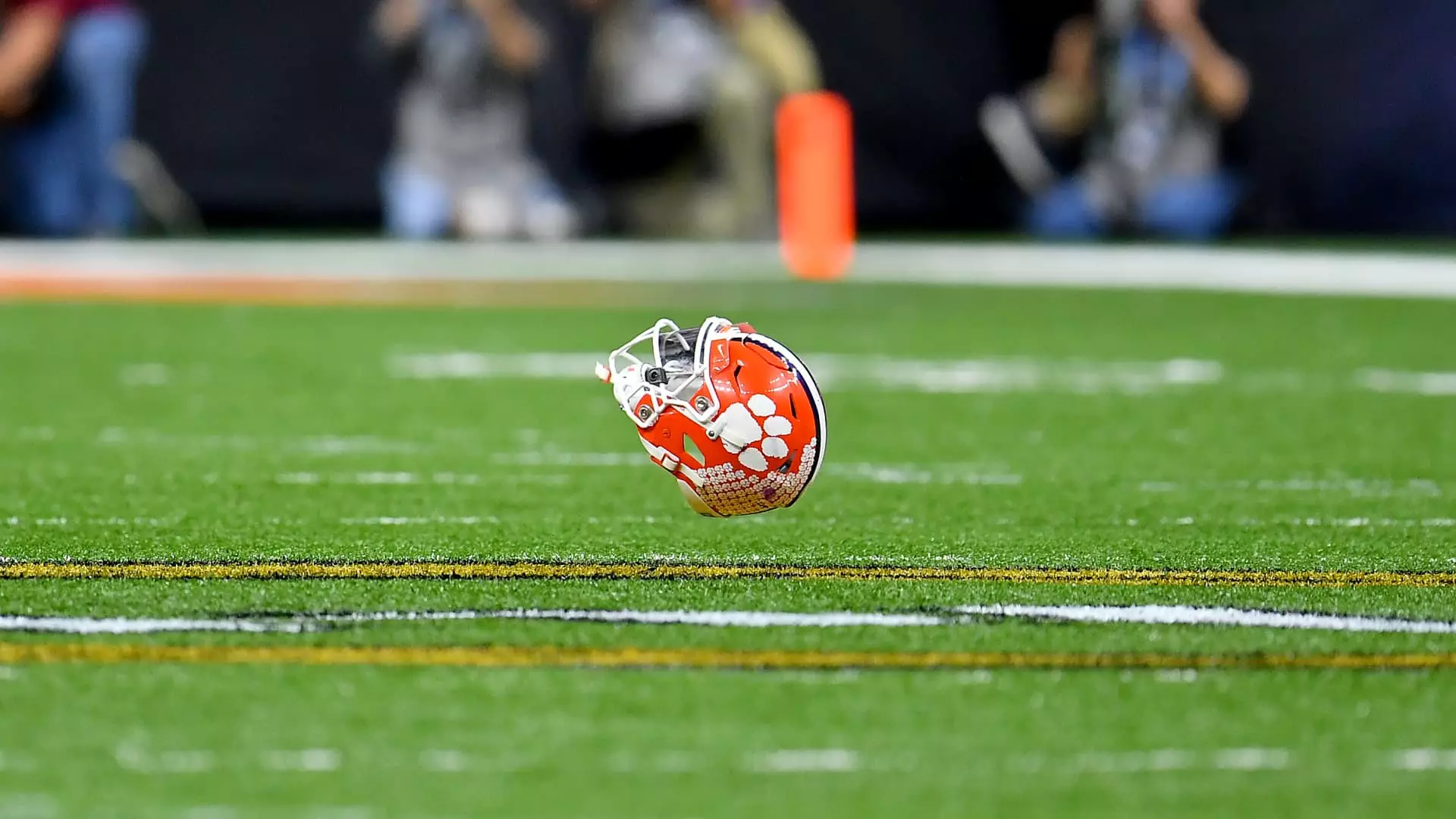In a notable turn of events, DirecTV and Disney have resolved a consumer-access crisis that left millions of viewers in the lurch. What began as a standard negotiation between a cable service provider and a media giant escalated into a significant blackout affecting over 11 million DirecTV customers. The absence of Disney’s popular channels, particularly ESPN, left sports enthusiasts and casual viewers alike anxiously awaiting a resolution before critical events such as the college football season and the prestigious Emmy Awards. This article seeks to dissect the implications of this deal and the larger trends shaping content delivery in the contemporary media landscape.
The friction began on September 1, when Disney’s channels, including sports stalwarts like ESPN and ABC, went dark due to disagreements over licensing fees and programming bundles. DirecTV strongly advocated for tailored, genre-specific viewing options, arguing for more control over what consumers pay for, while Disney maintained that DirecTV’s offers failed to reflect the intrinsic value of its networks. This stalemate lasted roughly two weeks, during which both parties exchanged pointed barbs, each claiming the other was acting in bad faith.
Following intense negotiations, DirecTV and Disney unveiled a new agreement that embraces “market-based terms” for pricing. This comprehensive deal enables DirecTV to offer a range of customized packages that include not only traditional cable networks but also Disney’s wide array of streaming services such as Disney+, Hulu, and ESPN+. Additionally, subscribers can look forward to access to Disney’s forthcoming direct-to-consumer streaming service for ESPN, set to launch in fall 2025, at no extra cost—a significant victory for DirecTV amid prior financial losses during the blackout.
The deal, which both parties hailed as a “first-of-its-kind collaboration,” marks a shift towards more consumer-centric offerings, allowing viewers greater flexibility in content selection. DirecTV now stands to benefit from increased subscriber retention and the allure of packaged streaming solutions amidst the growing competition from direct-to-consumer platforms like Netflix and Amazon Prime.
The disruption created by the blackout underscored a critical truth in the media landscape: live sports have become an essential battleground for pay-TV providers and broadcasters. The value of live sports programming is increasingly recognized as a double-edged sword—while it attracts viewers to cable packages, it also highlights the precariousness of traditional media agreements in an era dominated by streaming services.
For DirecTV, the blackout revealed the inherent risks of relying on conventional bundling strategies in a rapidly evolving market. As more consumers gravitate toward personalized streaming experiences, DirecTV’s earlier calls to offer skinnier bundles may become a necessity rather than merely a request. The growing preference for on-demand and genre-specific content necessitates that traditional pay-TV giants recalibrate their offerings to remain competitive.
During the blackout period, both companies faced sacrifices, with customers expressing dissatisfaction over missing pivotal sporting events, including the opening of the NFL season. The economic ramifications extended beyond individual consumers to include local businesses reliant on DirecTV for broadcasting live events. Restaurants and bars, which often use sports programming to draw patrons, found themselves caught in the crossfire—a stark reminder of how media disputes can reverberate through local economies.
In response to customer dissatisfaction during the disruption, DirecTV offered a $30 credit, funded by withholding payments from Disney. This move, indicative of the stakes at play, suggests the lengths to which both parties were willing to go to manage their public image while mitigating customer backlash.
As the media landscape continues to shift towards digital consumption, the recent negotiations between DirecTV and Disney present a case study in evolving consumer needs and corporate adaptability. With a growing emphasis on flexible options and tailored packages, traditional pay-TV providers will have to innovate continually if they want to recapture market share lost to streaming services.
In closing, the resolution of this dispute serves as a critical reminder of the fragility underlying media agreements. As the demand for diverse viewing options only grows, pay-TV providers like DirecTV must recognize that their futures hinge not just on maintaining traditional business practices but also on embracing the new era of content consumption that prioritizes consumer control and personalization. This recent deal may lay the groundwork for future negotiations, suggesting that flexibility and consumer choice could become central tenets in the ongoing evolution of media partnerships.

